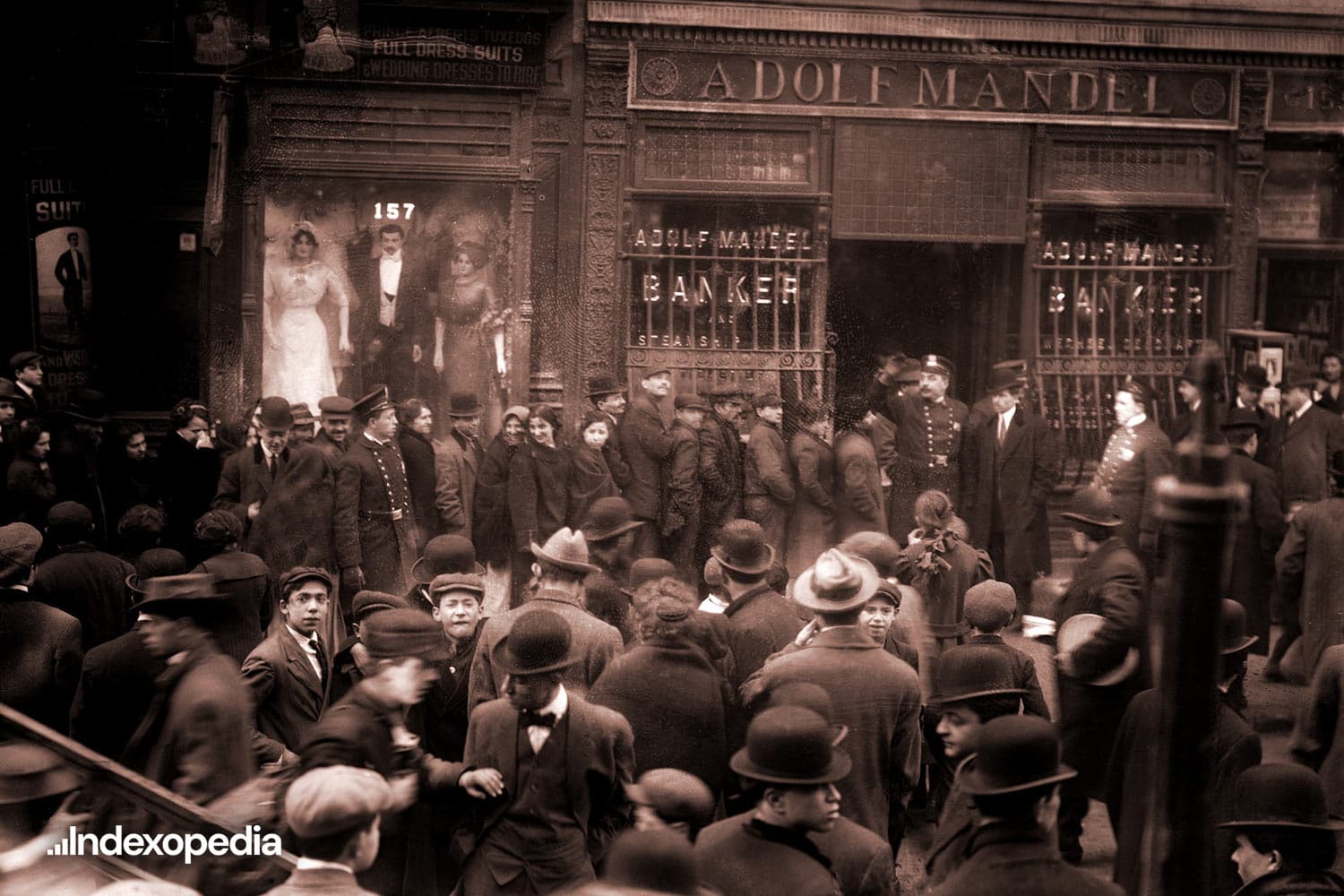

When customers attempt to withdraw their funds from a bank in masses, this is commonly known as a bank run. True to its name, bank runs are usually a response to customer fears that a bank is on the brink of failing. Examples of historical bank runs include the collapse of Silicon Valley Bank, Washington Mutual, First Republic Bank, and Signature Bank. What Happens During a Bank Run? Bank runs can be catastrophic for banks if customers all try to withdraw their money at once. The bank may have to pull from their cash reserves to meet the demand, which could lead to them defaulting. Banks are at greater risk of defaulting when their liabilities exceed their assets. That said, fractional reserve banking was designed to ensure banks have cash in their reserves to minimize the risk of defaulting. What causes masses of customers to withdraw their funds at once? It’s usually a knee-jerk response to bank officials announcing financial difficulties or news outlets reporting a bank’s financial crisis. Customers lose confidence in the bank and pull their money out as a result. Minimizing Risk